The Alzheimer’s Society predicts by 2040 circa 1.6 million people will be living with dementia. * Already, 70% of residents within care homes have dementia or severe memory issues. *
With these figures in mind, designing your care home to meet the needs of those living with dementia and future proofing your care homes, ready for the inevitable increase in demand for dementia friendly care provision, has never been more important.
Why is it important to use dementia friendly interior design in your care homes?
Dementia is an umbrella term used to describe progressive diseases that affect the functionality of the brain. * Age UK claim there are over 100 types of dementia*, the most common being Alzheimer’s Disease, all of which have differing symptoms and affect people in different ways.
The impact of dementia can cause individuals to experience cognitive impairments; causing forgetfulness, memory loss and the inability to make decisions or communicate properly, visual impairments; causing hallucinations, physical impairments; needing help to get dressed, going to the toilet etc., and behavioural issues; suffering mood swings and increased feelings of anxiety and anger. *
Dementia and its symptoms often have a debilitating impact on residents causing them to feel scared, anxious, embarrassed, and alone. Therefore, designing an environment that feels safe, homely and comfortable, whilst supporting the particular needs of individuals living with dementia, not only assists them in their daily living but helps to boost their self-esteem, improve their well-being, and allow them to live happier and more fulfilled lives.
/heanor_park-10-scaled.jpg)
5 design tips for creating dementia friendly interiors
Here are Renray’s five top tips on how best to design care homes, with dementia in mind:
1) Know and understand dementia
The first thing you should do before welcoming new residents is to fully understand the conditions they are living with. This can help you asses their requirements and how they will interact with your care home.
Dementia is a disease that inhibits cognitive reasoning, leading to confusion. Therefore, careless design choices can have an extremely negative impact on your residents. For example, a dark rug on a light floor could be misinterpreted as a hole or a step, or complex patterns on soft furnishings and upholstery could be misinterpreted as moving objects.
This disorientation can lead to distress, so considering these potential hazards when designing care spaces is essential.
2) Colour contrast
‘Contrast sensitivity is the most consistent visual deficit in people living with dementia.’*
Distinct colour differentiation is a key element of creating safe and dementia friendly spaces. By having contrasting colours next to each other ensures your dementia residents can easily distinguish between objects and navigate between places. For example, choosing contrasting coloured upholstery fabrics and vinyl for your seating to the floor helps residents clearly see where they can sit. Contrasting coloured handrails to the walls supports residents’ mobility, reducing the risk of falls. * Whereas, a dark sign on a dark door will simply be ignored by the resident.
This idea also helps dissuade residents from areas that shouldn’t be accessed, such as staff and storage areas. Using distinct colours can help guide the resident to areas that are safe and comfortable, such as lounges, snugs or dining rooms.
/img-9543-enfused%20low%20res.jpg)
3) Positively stimulating areas
Those living with dementia can be negatively triggered by overstimulation however it is often the case residents living with dementia have a lack of stimulation. This leads to increased agitation, apathy and reduced communication and interaction with others and their environment.
As such, it is important to incorporate areas within your care home that encourage positive stimulation. These could include purposeful activity rooms such as potting sheds, where you bring the outdoors inside and provide a space to pot flowers and plants, a vintage shop where residents can go pick up groceries, or small lounges and quiet areas for residents to relax in peace and quiet. A beautiful garden with clear paths and water features will encourage residents to go outdoors and be stimulated by sounds, tastes and smells.
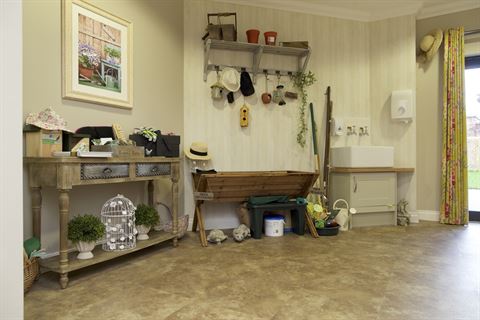
4) Fit for purpose furniture and furnishings
Having the right furniture and furnishings in your rooms helps to encourage the resident’s independence and ensures their safety.
Important features to consider when choosing furniture should include:
-
Bedroom furniture with cut out drawer fronts and open sections in wardrobes to aid those with visual impairments, by allowing them to see items within the cabinets.
-
Upholstery and wood grain that is plain and not heavily patterned so as not to cause confusion or distress.
-
Smooth edges and corners to reduce the risk of injury.
-
Contrasting, clearly visible and easy to use handles.
-
Hard wearing and easy to clean surfaces to support infection control.
5) Wayfinding
Residents with dementia frequently have the desire to wander around, but they regularly lose track of where they are going or how to get home.
An important design element in dementia facilities is ‘wayfinding’ as it actively encourages "wandering with purpose," giving individuals a goal or place to concentrate on. For example, a snug area with comfortable chairs and books set up toward the end of a hallway or nostalgic images and artwork on the corridor walls help to trigger memories. These kind of design considerations will help to actively encourage residents to walk around on their own.
Furthermore, clear signage with pictures or images identifying the purpose of that particular room, and colour contrasting doors to the walls and floor, also support navigation in the home. You should also think about hand rails in these areas to give your residents more confidence to move about.
We wrote a blog recently about the importance of corridors in wayfinding for residents which goes into more detail about this topic.
/LindsayHouse-93.jpg)
Conclusion
In conclusion, the demand for care homes to provide a safe and functional facility that offers both independent living and 'person centred' care is certain to rise, with the anticipated increase in people living with dementia. These establishments need to make older people feel comfortable and safe, while meeting their diverse care needs. Therefore, careful furniture and furnishings selection and thoughtful interior design should be a priority.
Thankfully, a variety of high-performance solutions are available on the market that can be used to design warm, cosy, and stress-free spaces, without sacrificing cleanliness or resident safety, and that can lower maintenance and whole-life expenses.
/1_1-1280x853.jpg)
Renray regularly work with dementia care facilities and understands the features and designs of interiors and furnishings, that will best support person centred dementia care. Click here to find out more or contact us at info@renrayhealthcare.com
Sources: www.alzheimers.org.uk
www.england.nhs.uk/wp-content/uploads/2021/05/HBN_08-02-1.pdf


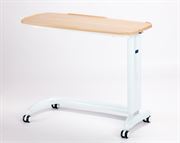
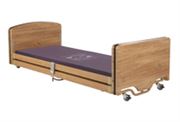

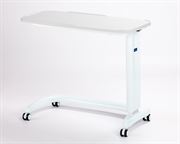





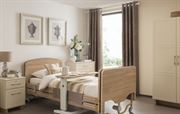
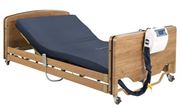
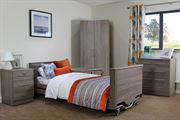
/upload%20from%20claires%20camera%2009-10-14%20124.JPG)
/Delaware_Cameo_1%20low%20res.jpg)





